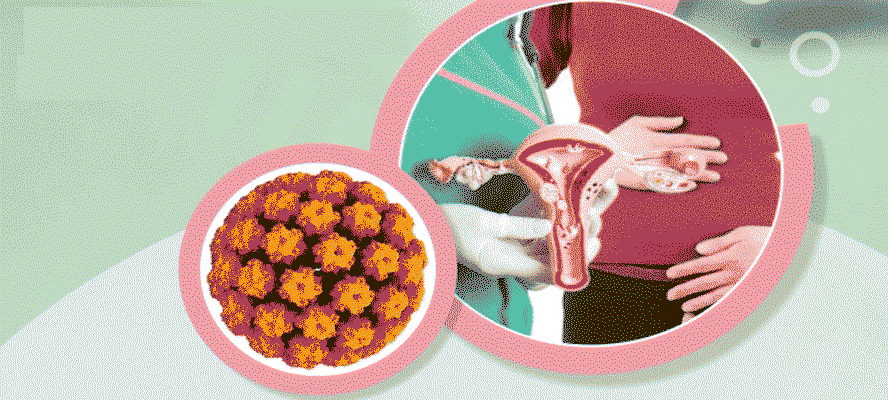HPV infection Cancer, a growing conundrum in the world with profound abilities to disarm an individual’s strength and thrive on its own will to belittle the immune system. Such dominance is exerted with the aid of an external agent such as Human Papilloma Virus (HPV).








